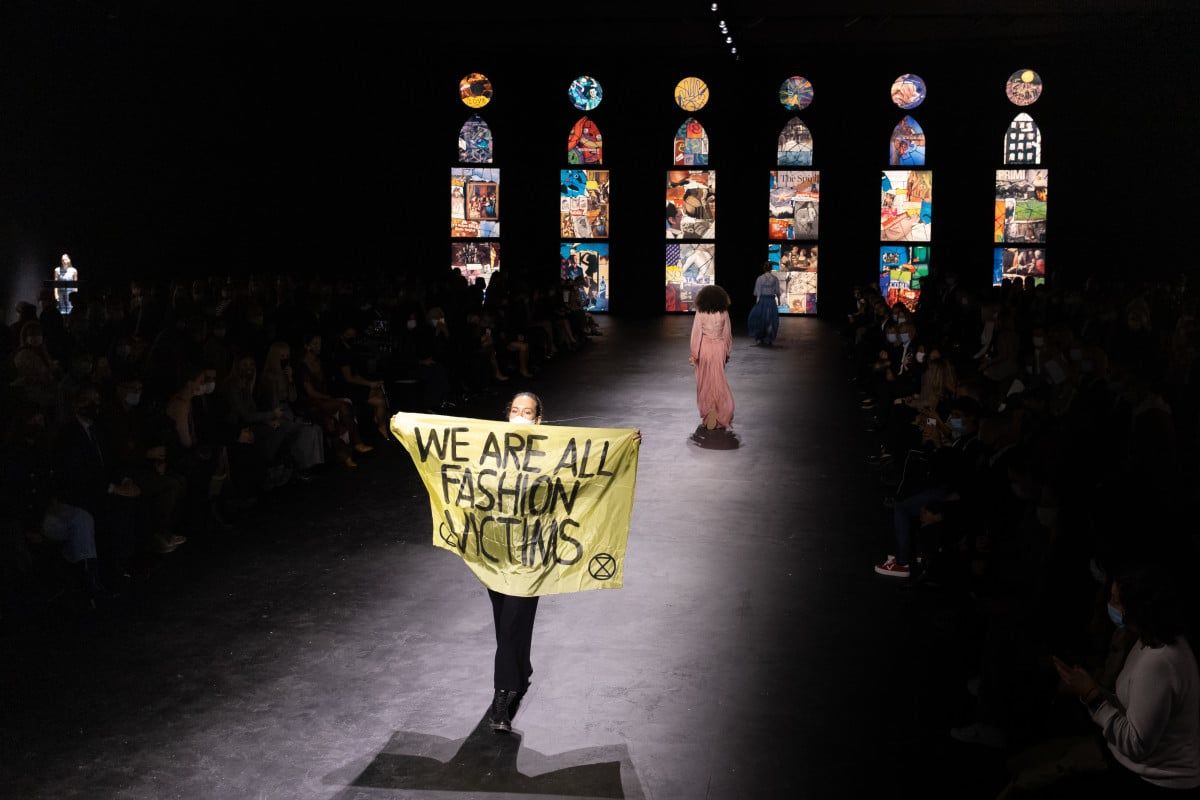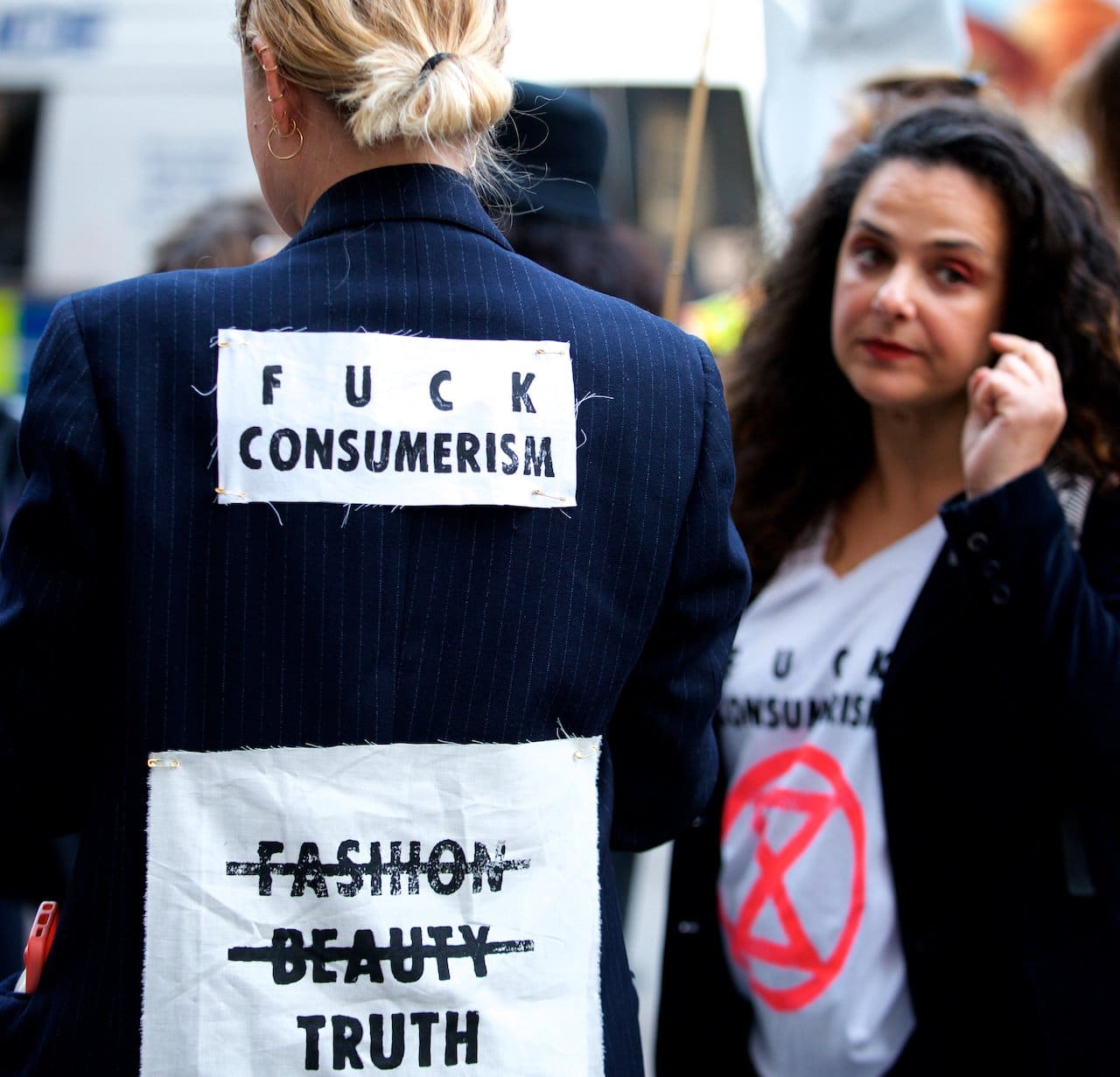To go back in time is to realize that sustainability a few years ago was linked to a series of real ecological values and practices, not marketing. In the midst of the current eco-futuristic transition (and revolution) in which companies are trying to transform themselves to speak the language of our time, greenwashing underlies and flourishes, contaminating everything. Detecting this deception as fashion police is not easy, but there are a series of telltale signs and/or red flags of eco-greenwashing that could help you to do so.

An infinite number of ambiguous labels, plasticized packaging and euphemisms surround all those garments from companies that claim to be sustainable. Worrying about the environmental impact of a product seems to have become a trend in which a non-existent reality is once again fictitious. But who within this circular fashion milky way is really doing the work and who is doing the greenwashing? We give you a series of clues to tell the difference.
That ambiguity and “vague” promises surrounding the product may be a sign that the firm is whitewashing the message. Phrases such as “we use more sustainable materials” or “we reduce our impact” are meaningless if there is no real description of the fabrics used or how they are reducing impact. Furthermore, just because they are labeled as vegan does not mean they are sustainable. For they are made from synthetic alternatives to leather or fur such as petroleum.

OVERCONSUMPTION: EXTINCTION
Another trick to detect eco-bleaching is to go to the firm’s website and do an instant experiment. Start the search for the sustainable collection and the total number of products, which is usually at the bottom of the page, and it will say something like “showing 20 out of 1000 products”. Then head to the all clothing page and look at the total number of products. If it far exceeds “sustainable”, it would lead to rethinking if the brand really has the resources to manufacture products at a lower impact, why not do the same for the rest.
Launching empty communications becomes another of the brands’ mantras and signs of greenwashing. Claiming to use recycled or organic materials or to reduce waste is important. But it is even more important not to overproduce. That reliance on overproduction stands as the real red flag. Many firms refuse to reveal how much they manufacture, even if the figures of the big overproducers are revealed along the way: SHEIN with 314,877 million units per year or Mango with 158 million. So where is the commitment to produce less?

SCOPES AND EMISSIONS
Sustainability can often be linked to a complex narrative, in which we are unfamiliar with its terms, scope, and concepts. Such as greenhouse gas (GHG) emissions. In this sense, we should differentiate the three types. Scope 1, which are direct emissions from sources that are controlled by a brand, such as stores, offices or headquarters. Scope 2 would come from electricity, steam or heating for our homes; while Scope 3 would range from employee commuting and transportation of goods (carbon footprint) to the factories that make the products or the farms that grow the cotton.
In fashion, Scope 3 accounts for most of the environmental impact, so there is a strong need to reduce those emissions. But the reality is that brands generally only promise Scope 1 and 2: another indication that they cannot be a flag bearer for the utopia of sustainability.
Sigue toda la información de HIGHXTAR desde Facebook, Twitter o Instagram
You may also like...




